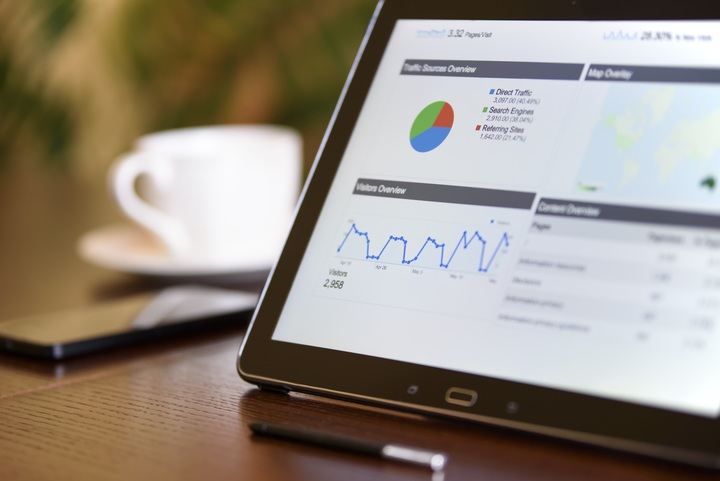In the majority of industries, you would be unable to gather detailed feedback from every single one of your customers in person. This is why you need to allow them to speak to you via a visitor management app. What this means is that you focus on five relevant metrics that reveal things like customer satisfaction, customer expectations and issues that customers have with your business. This can later be used to improve your organization, as well as to help you improve on each of these factors individually. Still, before you can get there, you first have to figure out what kind of customer data you should collect.
Contact information
The first thing you need to do is gather contact information of your clients. You can start with their emails, seeing as how you use them to send notifications, as well as do some post-sale follow up. Provided that you want to send them an additional or updated offer, you’ll need their email. In a scenario where you intend to send them promotional materials or old-school catalogues, you might need their physical address, as well.
User experience
One of the most important things that you have to figure out is whether your business is on the right track. With that in mind, you need to start collecting user experience data and inquire about the specifics of their dealing with your business. This is a fairly common issue and can be done in a series of ways. You can ask them directly, send them a questionnaire, start a poll or ask them to leave a comment. Some of the reviews that you get this way may even be used as testimonials on your website.
The website interaction
The way in which your customers interact with your website is a crucial issue, as well as something that you can’t afford to overlook. For instance, you want to know the average visit duration, in order to see if you have a high bounce rate problem. Second, you want to see which categories on your e-store they’re browsing and which products they’re potentially interested in. This is vital for the above-mentioned post-sale follow-up. In brick and mortar retail, you can also start using a visitor management app in order to automate the real-life checkout process and gather data at the same time.

Demographic statistics
The next thing you should focus on is the fact that you need to know who you’re dealing with. You see, your expectations do not always meet the reality and who you think your target audience is doesn’t necessarily have to be your target audience. The best example of this is the so-called Bronies, a group of adult men obsessing with the My Little Pony franchise. These people spend a tremendous amount of money on their merchandise but there’s no way that any of the franchise’s creators could have foreseen this phenomenon. So, try to figure out the specifics of your audience like their age, gender, education, median income and other factors.
Purchase decision hierarchy
Finally, you need to find an answer to the question – what made them buy from you? You see, most often, it’s the price but a lot of buyers also hold the expedience of delivery in high regard. The quality of the product is also a significant factor and there are two major ways that people might get to hear about the quality in question – reviews and word of mouth (WOM) recommendations. Customer loyalty (the fact that they had a satisfying customer experience the last time around) can also be a factor here.
Conclusion
The very last thing you need to bear in mind is the fact that the bigger the sample that you work with, the more accurate information you’ll receive. However, while data does reveal a huge portion of what’s going on, it can’t tell you all about factors that affect individual decisions of your customers. Still, having a vague idea of what’s going on definitely beats having no idea of what’s going on. With this data on your side, you’ll be well on your way to uncover the truth.
